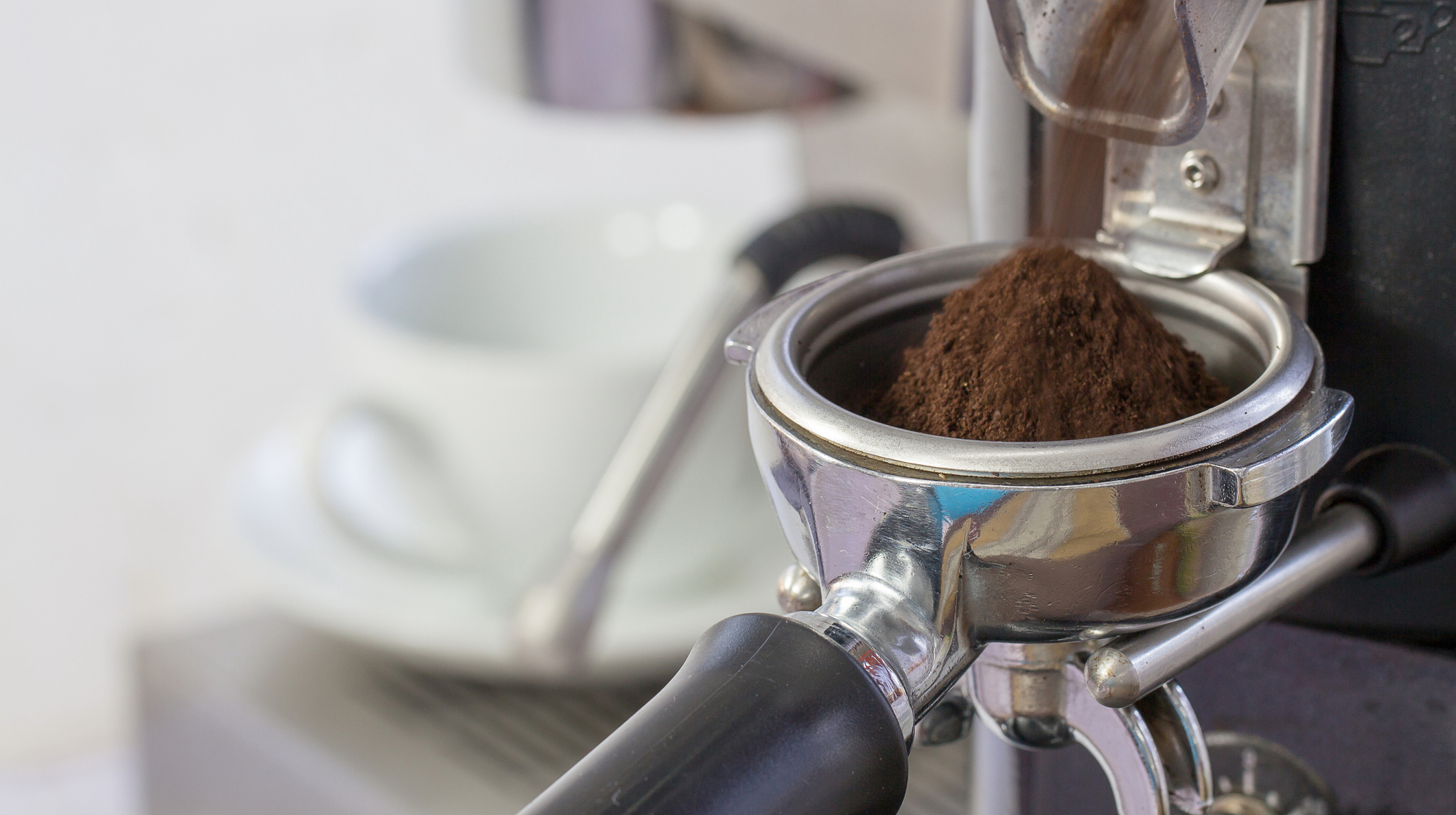Your Fancy Coffee Beans Deserve A Burr Grinder
2019 is already my Year Of Coffee. I started January off by upping my pour-over game (finally), and followed that up with some new coffee equipment in February. Most importantly, I am the proud new owner of a burr grinder, a coffee accessory I'd put off buying because of its $100-plus price tag. A burr grinder works by grinding beans between two surfaces (essentially metal plates), whereas a standard blade coffee grinder chops beans up like a blender.
I put off upgrading to the burr grinder because I figured hey, I'm buying good beans and grinding myself, so the burr grinder can wait. But that logic, I now see, was flawed: If you're spending money on good beans and taking the time to grind them, you really owe it to yourself to grind them properly.
Here's why the burr grinder matters: The way you grind your coffee determines how it tastes. The main selling point to burr grinders is that they produce a more even grind, which I noticed on day one with my new machine. My blade grinder created grounds that, when I looked into the filter after I'd made a cup of coffee, often contained uneven chunks of coffee beans—fine pieces mixed with those as large as a half bean. The burr grinder has much more precise settings, and even my medium-fine setting grinds those beans to a consistency as beautiful and fine as Maldives beach sand. Coffee roasters' shops almost exclusively use these grinders, and it's not just for fun.

Extraction is a complicated topic among coffee nerds, but at its basic level, it refers to how many flavor and aroma compounds the water sucks out of the beans. The size of the coffee grounds determines how much surface area there is for water to touch, unlocking the beans' flavoring compounds. The reason burr grinders improve your coffee's flavor is because all the water is touching all the grinds at roughly uniform rates—not encountering both giant chunks and ultra-fine powder. And because a burr grinder's settings are more precise, you can adjust the grind level to your exact method of brewing, whether that's a pour-over or an Aeropress or an espresso set-up.
Once you begin researching burr grinders, you'll notice a wide range of prices and models and deep-dives into the finer points of conical versus flat burr grinders or manual versus electric burr grinders, which I'll let you sift through on your own. But you needn't wade too deep into the weeds of coffee nerddom. As Jessica Easto puts it in her book Craft Coffee: A Manual, "I think any burr grinder—even the cheapest one—is better than no burr grinder."
Armed with my newfound pour-over skills, a burr grinder, and a preheated mug, I figured I was brewing pretty much the best damn cup I could at home. Then, a coffee-obsessed friend told me about home coffee-roasting kits...
